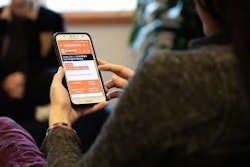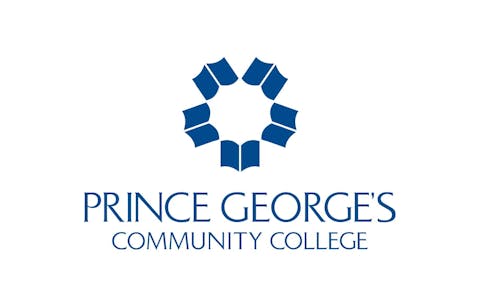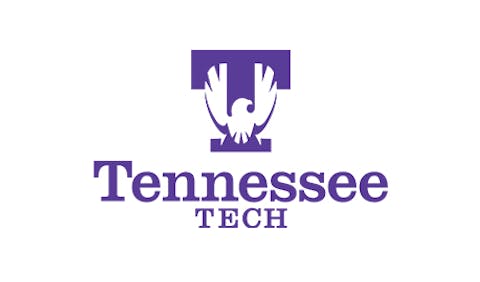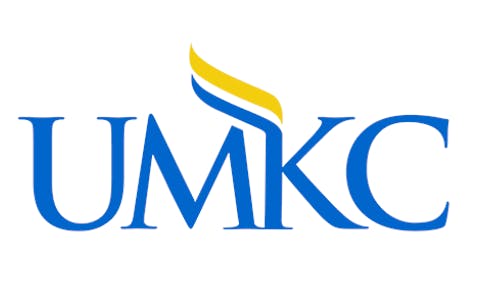There is a distinct lack of evidence when it comes to the impacts and reach of digital mental health intervention programs (DMHIs), according to a new report from Temple University’s Hope Center, Boston University, and the Healthy Minds Network. Dr. Sarah Lipson
Dr. Sarah Lipson
Commissioned by the Ruderman Family Foundation, the report sought to critically review the nine most common DMHIs at colleges and universities, separating them into three categories based on the kinds of services each program offers to students and colleges.
“Self-guided” programs offered digital resources – videos, coursework, and modules – to help teach users coping skills and to help them deal with issues such as anxiety, stress, depression, and sleep problems.
“Multi-component” programs offered such resources as well, in addition to providing support from counselors and other people.
And “connector” programs simply sought to help users make connections with peers and be aware of resources that may be available.
Researchers narrowed their focus on DMHIs that veer outside of traditional telehealth services to instead employ other technologies – such as mobile applications, online platforms, wearables, and virtual reality – and help teach coping skills and support student mental health through them.
It’s a matter of meeting the needs of a student population where demand is outweighing supply, said report co-author Dr. Sarah Lipson, an associate professor in the Department of Health Law Policy and Management at Boston University and principal investigator of the Healthy Minds Network.




















